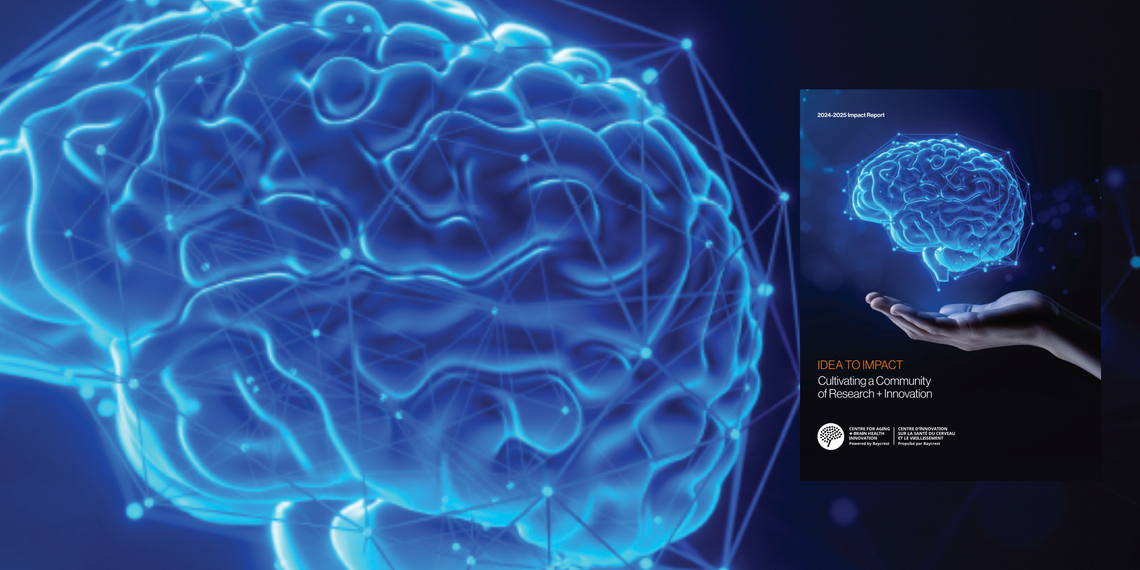DISCOVER CABHI
Driving innovation to transform the aging experience
-
Access funding programs, acceleration services, and connect with key partners to scale your solution.
-
Discover practical tools and resources to support your aging journey and help shape better solutions by sharing your lived experience.
-
Access supports to help your organization find, implement, and sustain innovations that improve care and quality of life.
-
Join our network as we drive innovation from idea to real-world impact and transform the aging experience.
-
Access funding programs, acceleration services, and connect with key partners to scale your solution.Learn more
-
Discover practical tools and resources to support your aging journey and help shape better solutions by sharing your lived experience.Learn more
-
Access supports to help your organization find, implement, and sustain innovations that improve care and quality of life.Learn more
-
Join our network as we drive innovation from idea to real-world impact and transform the aging experience.Learn more

Latest Program Announcements
We awarded $2.6 million CAD in funding to 23 aging and brain health innovators
read about the companies








